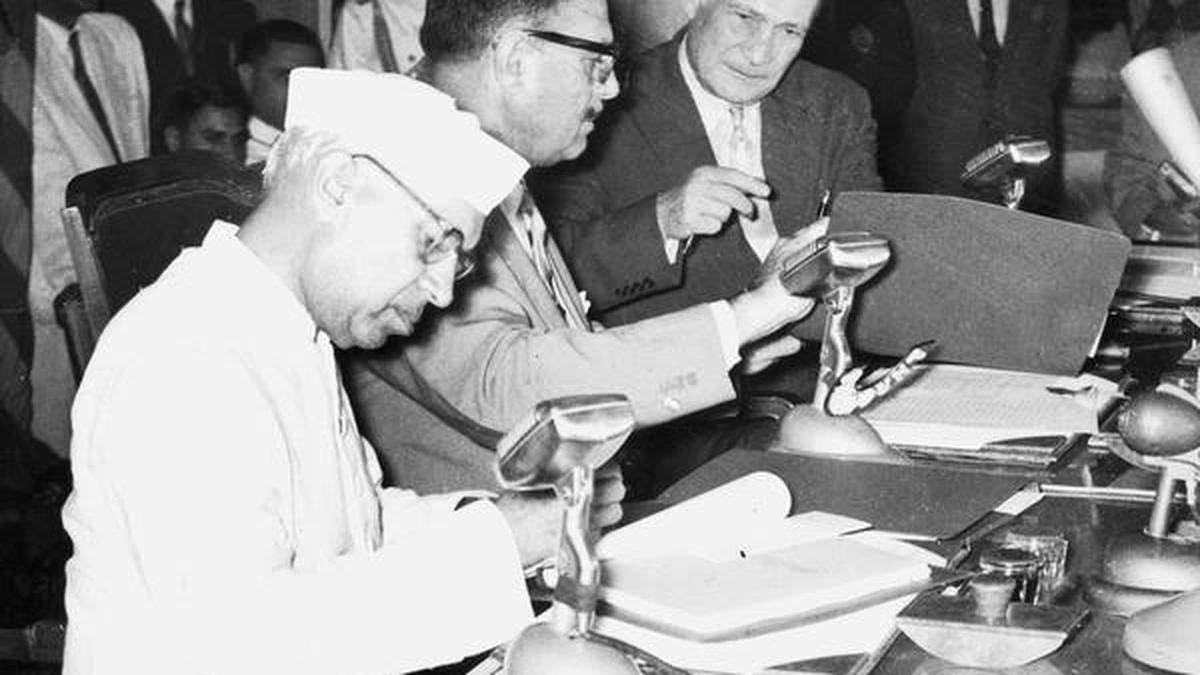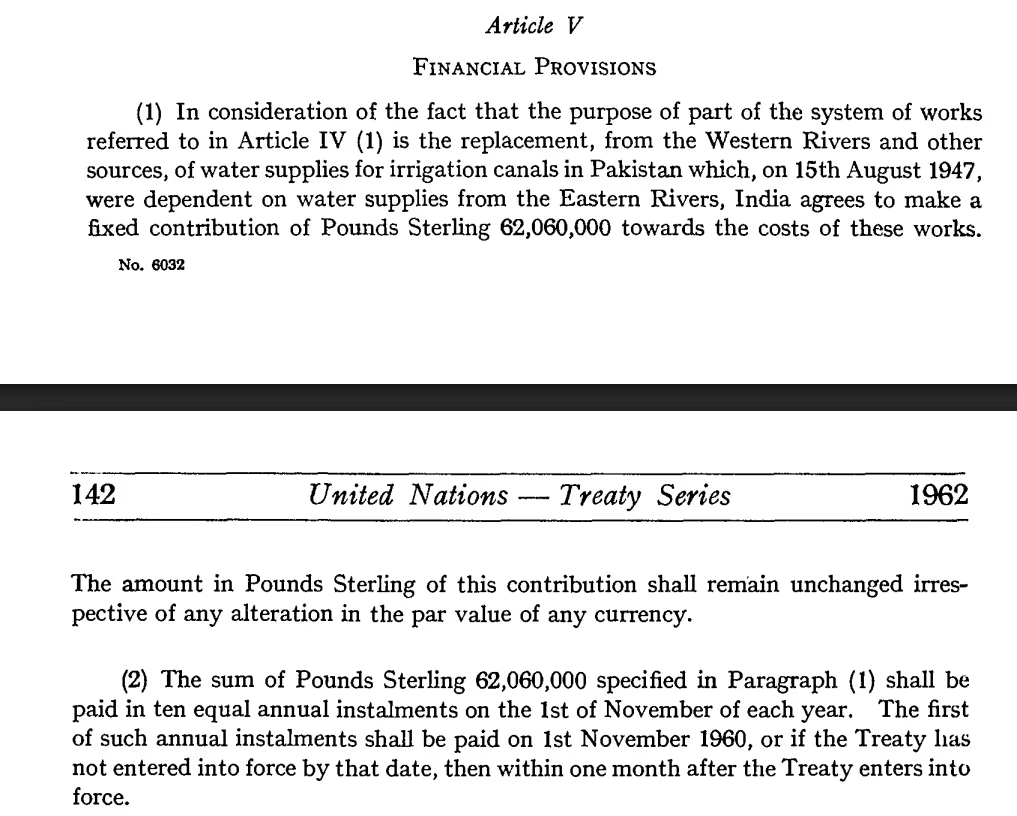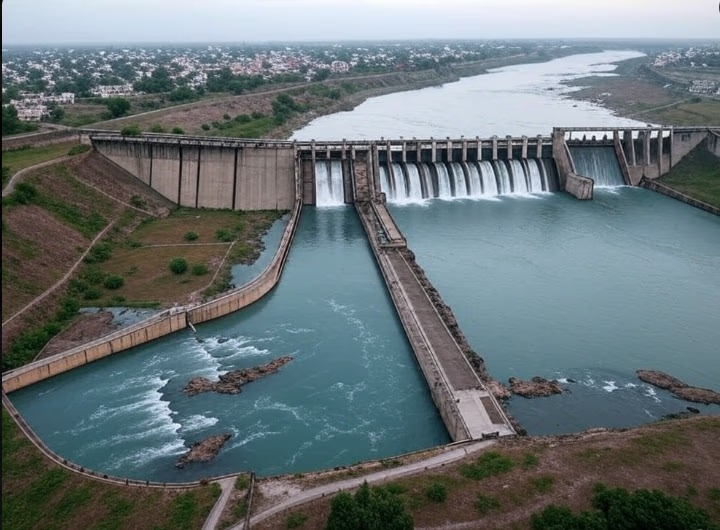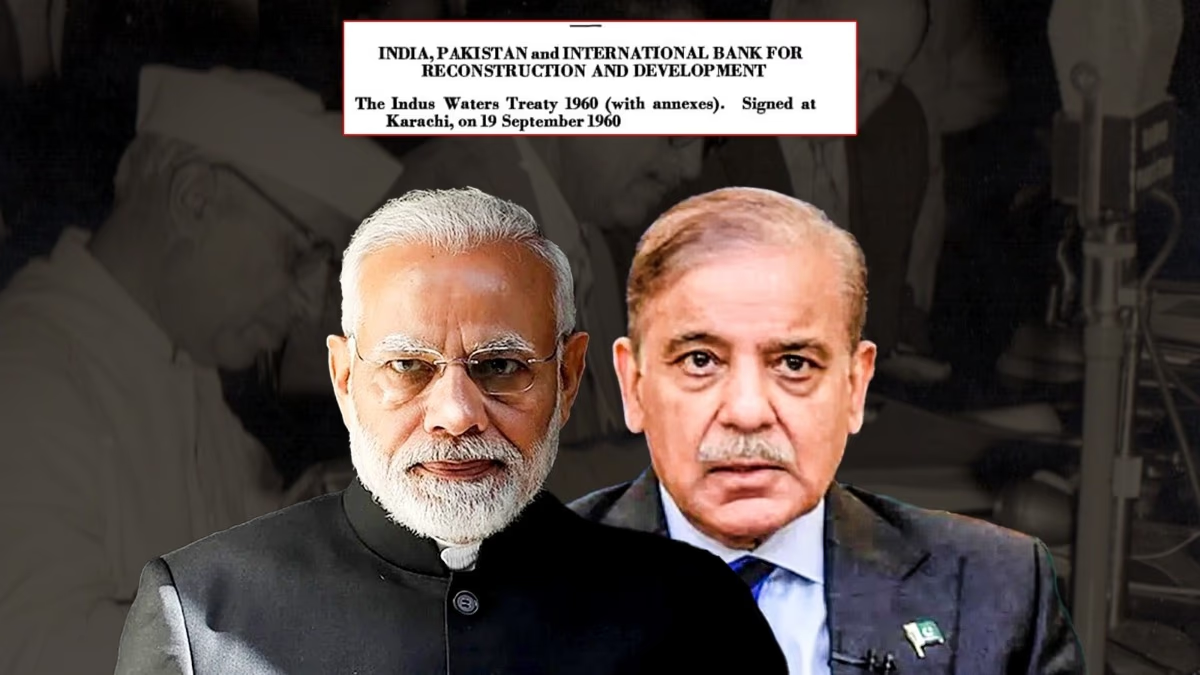Throughout human history, wars have predominantly been fought over land. India has experienced this with inputs from both Pakistan and China. However, a unique scenario is emerging where war threatens over water. Despite ancient disputes over water, it is an irony that the Indus Water Treaty, meant to resolve conflicts, is now sparking one over 65 years later. Is the Indus River pushing India and Pakistan toward what could be the first Water War? Understanding Pakistan's deep interest in the Indus is key.
World Bank Vice President Ismail Serageldin was the first to use the term
Water War
in 1995, suggesting that while the 20th century saw wars over oil, the 21st century's conflicts would be over water. Echoes of this sentiment were heard in statements from Indian leaders such as Atal Bihari Vajpayee in 2002 and Prime Minister Narendra Modi in 2016, underscoring the potential tension water can cause.
Statements from Pakistan's Prime Minister Shahbaz Sharif, promising a forceful response if the Indus is blocked, and Bilawal Bhutto's dramatic proclamation that the river will run with either water or blood, highlight the country's intense connection to the river. This focus is rooted in the Indus being crucial to Pakistan's life—a mainstay of its economy and agriculture.

Source: aajtak
With over 25 rivers in Pakistan, Indus stands out as pivotal in sustaining the agrarian economy, constituting 24% of Pakistan's GDP as of 2023. It irrigates vast agricultural lands and supplies water to major cities like Karachi, Lahore, and Multan. It also supports hydropower projects at dams like Tarbela and Mangla, producing electricity crucial for the nation. Consequently, halting the treaty's functioning could exacerbate Pakistan’s economic distress, posing the question—could its termination ignite war?
Senior journalist Abdul Waheed's book,
Water Politics in South Asia: A Critique of Indus Waters Treaty, 1960
, addresses potential conflict over Indus waters. Post a 2001 terrorist attack on India's Parliament, reconsideration of the treaty arose, met with stark warnings of nuclear escalation from Pakistan.
In January 2010, S. Asif Ahmed Ali, Deputy Chairman of Pakistan’s Planning Commission, accused India of 'stealing' Pakistan's water, hinting at potential conflict. Similar provocations arose within Pakistan’s political arena, with threats of warfare over dam disputes, as noted by ISI head Javed Ashraf in 2004.
Concerning statements from Pakistan, compounded by UN agencies’ warnings of maxed-out tensions between the nations, herald the possibility of the first nuclear Water War. Lashed by such tensions, LeT founder
Hafiz Saeed
reacted furiously over India's warnings regarding water control.
Waheed underscores in his book the treaty's sensitivity, positing that unresolved water disputes could escalate into a large-scale war between nuclear-armed nations. Annexes D and E of the treaty provide detailed descriptions of these issues.

Source: aajtak
Indian journalist Ashok Motwani’s
Indus Waters Story
describes Pakistan's overwhelming sentiment towards the treaty, involving a range of entities—from lawyers and journalists to militants like Syed Salahuddin and Hafiz Saeed—as frequent critics, contrasting the sparse commentary from India.
Motwani writes that under Article 5(1) of the agreement, India paid £60,000 pounds (equivalent to 125 metric tons of gold) to facilitate irrigation projects in Pakistan, including canals and dams, between 1960-1965. This sum now translates to approximately 7 billion rupees.

Source: aajtak
Post-independence partition in 1947, tensions over the Indus Basin became a significant burden on India and Pakistan. The situation drew focus when American journalist David Lilienthal visited in 1951, recommending in
Collier’s
magazine, resolving water disputes with World Bank assistance. Eugene R. Black, then World Bank President, offered mediation via written proposals.
In 1952, the tripartite dialogue commenced with Indian and Pakistani delegates in Washington, eventually forging a rivers division proposal. Ultimately, on September 19, 1960, the Indus Waters Treaty was signed in Karachi under World Bank mediation, incorporating it as a neutral third party for conflict resolution assistance.
The chilly waters of the Indus might have fueled existing tensions between the countries, but it's premature to predict outright war. Water has perpetually been a 'hot topic' throughout civilizations. The earliest documented water conflict traces back 4500 years to ancient Mesopotamia (present-day Iraq), with territories clashing over the Tigris and Euphrates Rivers. Similar disputes erupted in Kenya over the Omo River involving Ethiopia, resulting in significant fatalities. Many eyes now turn to the Indus.




